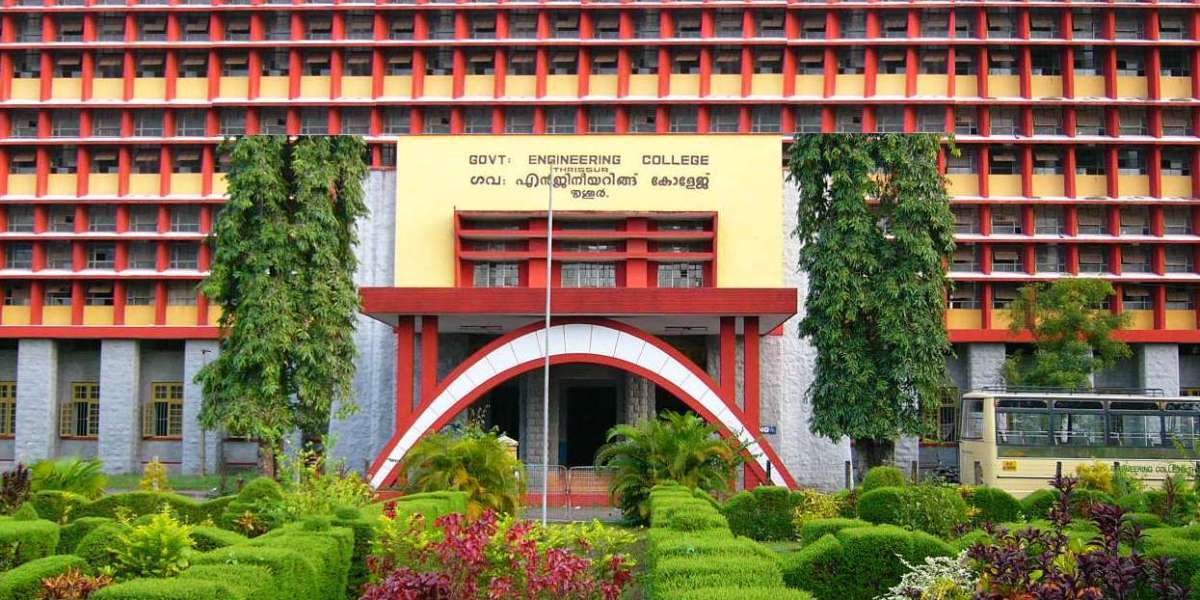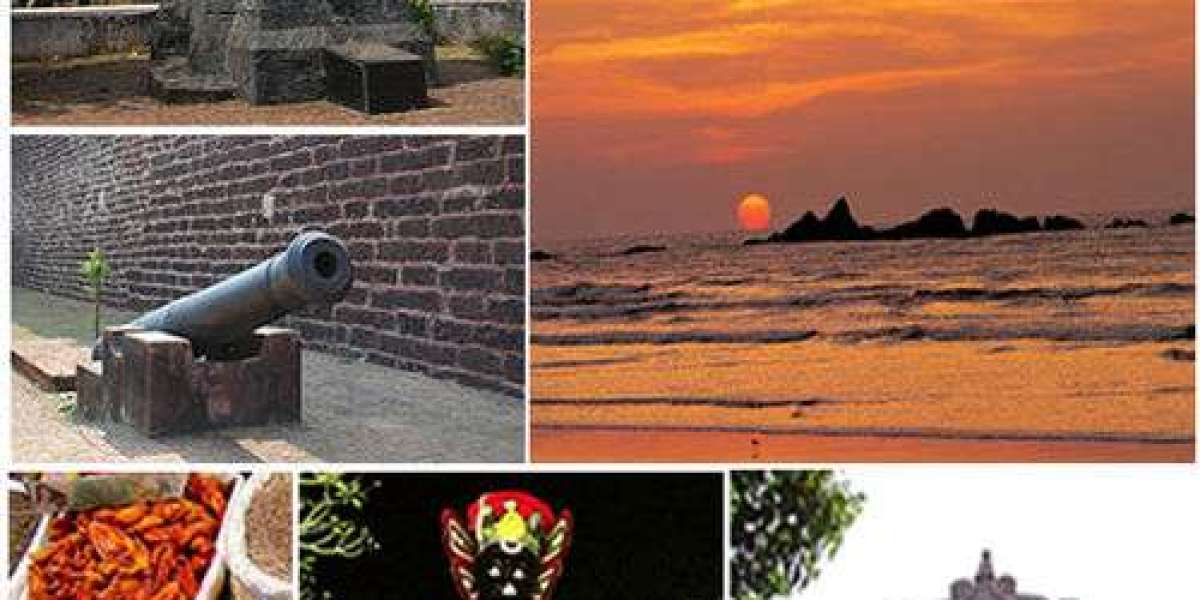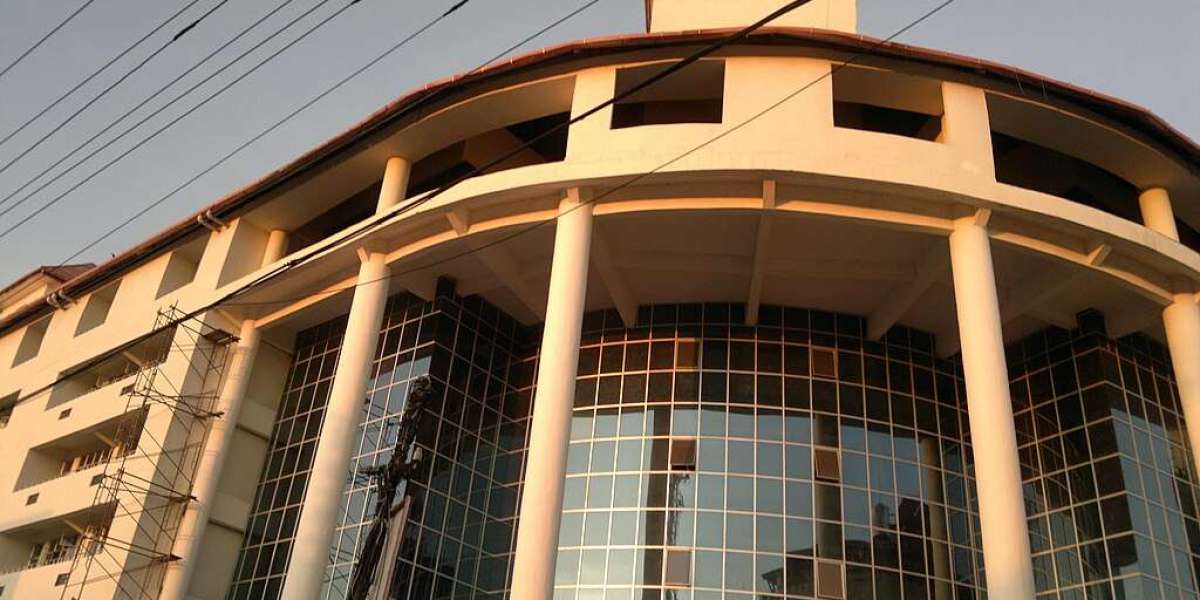Polling Stations
In the 2021 Assembly election, Thrissur Constituency had a total of 162 polling booths
deployed across 76 km² of city area
([turn0search0]citeturn0search5turn0search3). Booth listings from the CEO
Kerala site include:
Govt U.P. School Ramavarmapuram West (North & South)
DIET Thrissur (A & B Blocks)
Viyyur polling booths at St. Francis LPS (A–D Blocks), NS Karayogamandiram
GHSS Villadom and Sandeepini Vidyanikethan at Kuttumukku
Vijaya schools in Cheroor
Numerous booths in Poonkunnam (VHSS & HSS, Govt HS)
Namboothiri Vidyalayam UPS at Kottapuram, Vivaodayam Schools, among others
([turn0search8]citeturn0search8).
These booths reflect the urban municipal wards—from Punkunnam, Viyyur,
Kuttamukku, Gandhinagar, Ollukkara, Villadom, Ayyanthole, Thrissur’s heart
Thekkinkadu, Mandapuram, Elthuruth, Puthurkara, Aranattukara, and Civil Station
zones ([turn0search13]citeturn0search13).
Geographic & Demographic Profile
Thrissur constituency encompasses 41 wards of Thrissur Municipal Corporation covering
the core urban territory ([turn0search13]citeturn0search13). It covers
approximately 76 square kilometers and had around 172,358 registered electors in 2016,
with turnout in 2021 at ~69%, slightly lower than previous (~77.9%)
([turn0search0]citeturn0search4turn0search3). Scheduled Caste population is
roughly 7.5%, and literacy level is estimated around 95%, in line with district
norms ([turn0search0]citeturn0search13turn0search16).
Thrissur district overall houses about 10.4% SC and 0.3% ST, with urbanization nearing
67% and sex ratio of 1107 females per 1000 males
([turn0search16]citeturn0search16).
Economy & Livelihoods
Thrissur city is a major economic nerve centre in Kerala:
It’s widely celebrated as the jewellery and diamond hub of South India, with
units clustered in Adat, Tholur, and surrounding areas—once employing 25,000
workers though now diminished to ~5,000 as many traders migrate to Surat
([turn0search12]citeturn0search12).
A strong culture of “chit” financing (Kuries) thrives here, with about 2,000 such
companies active in city limits, contributing to finance-driven
entrepreneurial activity.
Other economic pillars include real estate and construction, with Thrissur
registering the third highest number of new projects in Kerala in 2023–24.
Service, retail trade, tourism-driven commerce (especially around Thrissur Pooram), and
educational institutions also support income flows. Blueeconomy or
agriculture plays little direct role given urban nature.
The constituency is dominated by middle-income households, including small traders,
artisans, salaried professionals, and diaspora-influenced families. There are few
high-wealth elites, although real estate and jewellery magnates do exist. Lowerincome
and BPL groups are present but constitute a small segment.
Recent Development Activities
Residents have voiced concerns over narrow city roads and traffic congestion,
citing lag in infrastructure planning despite high real estate growth and economic
potential. A notable infrastructure upgrade is the ₹300–₹393 crore redevelopment of
Thrissur Railway Station under the Amrit Bharat mission, aimed at modernizing regional
connectivity. Additionally, local authorities have initiated flood mitigation and
streamcleanup projects, along with municipal road repairs and solidwaste
management improvements, though citizens feel progress is slow.
Conclusion
Thrissur Assembly constituency represents Kerala’s cultural capital—a tightly
urban, high-literacy electorate of about 160–170k voters, with 162 polling booths.
Its economy leans heavily on jewellery, chit finance, real estate, service, and
retail sectors, sustaining a strong middleincome demographic. While railway station
redevelopment offers a major boost, residents continue to call for better roads,
waste management, and carefully planned urban infrastructure to match the city’s
evolving economic and civic aspirations.







